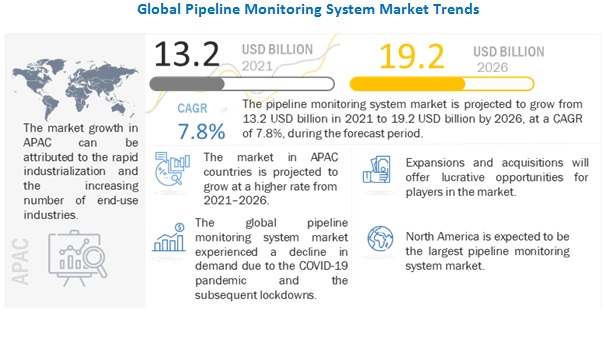
The Asia Pacific is the most attractive market for ceramic tiles due to the rapid socio-economic development in the region. The increasing number of new housing units and huge investments in the infrastructural sector are fueling the demand for ceramic tile materials in this region. The growth of the ceramic tiles market in the APAC region is also driven by increasing demand for ceramic tiles in countries, such as China, India, Thailand, Indonesia, and Vietnam, due to the significant growth in the construction opportunities in these countries.
The increasing population is one of the prime factors for the increase in demand for the ceramic tiles market. Moreover, the population shift from rural to urban areas in the world has elevated the growth rate even further. The total world population is expected to reach 9.5 billion by 2050, where the urban population will account for at least 66.4% of the total, as stated by the United Nations’ Population Division. A positive shift in the living standards will require improved hygiene and sanitation. In recent years, APAC has substantially progressed in the ceramic tiles market, which primarily includes emerging markets, such as India and China. Asian cities are expected to account for 52.3% of the global urban population, creating the largest ever workforce, by 2050.
To know about the assumptions considered for the study download the pdf brochure
In the APAC region, the population shift from rural to urban areas has elevated the growth rate of urban population even further. According to the United Nations Population Division, the total population in APAC is projected to reach 5.1 billion by 2050, where the urban population will account for at least 68% of the total population in APAC. The APAC urban population, combined with the overall growth of the rest of the world’s population, could add another 2.5 billion people to urban areas by 2050, with close to 90% of this increase expected in Asia and Africa. This shift will create demand for housing and other commercial infrastructure in cities to accommodate the increasing population.
The ceramic tiles market is projected to grow from USD 207.7 billion in 2020 to USD 285.1 billion by 2025, at a CAGR of 6.5% during the forecast period. Growth in investments in the construction industry, coupled with a rise in the number of renovation & remodeling activities, further boost the growth of the market for ceramic tiles. The rise in demand from emerging economies and the growth of the organized retail sector create growth opportunities for the market.
Key players operating in the ceramic tiles market include Mohawk Industries (US), Siam Cement Group (Thailand), Grupo Lamosa (Mexico), RAK Ceramics (UAE), Kajaria Ceramics (India), Grupo Cedasa (Brazil), Ceramica Carmelo Fior (Brazil), Pamesa Ceramica (Spain), Grupo Fragnani (Brazil), and STN Ceramica (Spain). These players have adopted various growth strategies to expand their global presence and increase their market share.
Read More: https://www.marketsandmarkets.com/PressReleases/ceramic-tiles.asp








